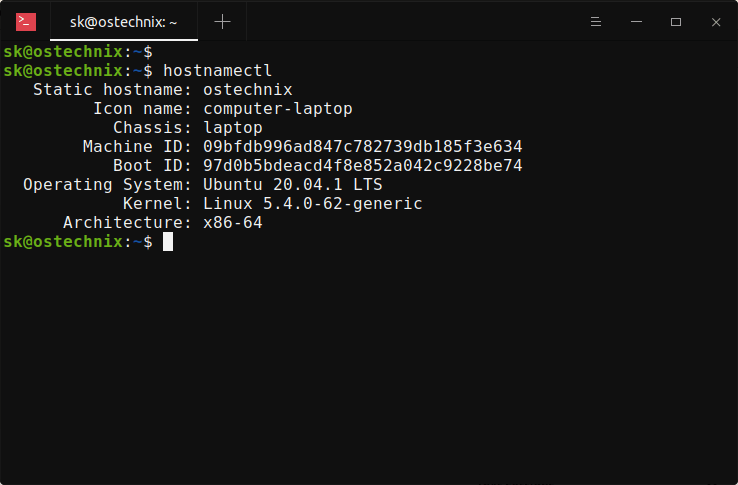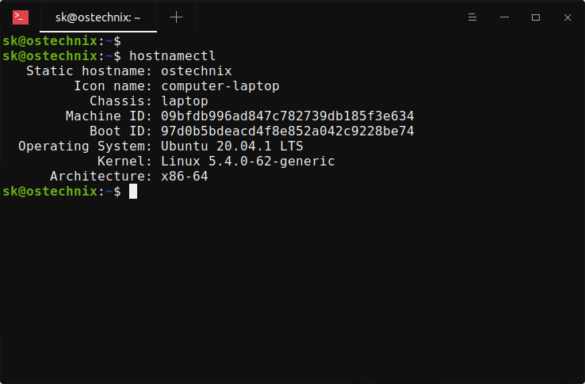
#Find file on linux host manual
For a full list, it is recommended to check the manual pages by typing man grep.Īn example of using grep to find a certain text can be found below: Grep is a very powerful tool and accepts various command-line arguments. The command you should be using, in this case, is grep. You can also search for a given text in the content of the files as well. Or if you want to filter only files and folder modified in the last 2 days, you would need to use: If you would like to list only directories and leave all files out of the result: If you are uncertain about the file name or would like to match a part of the name, you can use a wildcard pattern: Linux provides two different commands to accomplish this.įind is a very powerful tool and accepts various arguments allowing you to specify the exact search term (i.e search by name, by type or even by modified time).įor example, to search for a file called myFile.txt under the current folder (and all subfolders), you would need to use the following command: In some cases, you would need to find the location of a given file or to search for a certain text in all files under a directory.

The key sequence CTRL + C is used to interrupt a running command.This guide will tell you about the basic commands used to search a file using a certain name and extension in Linux. It then behaves like an infinite loop, repeating the same pattern with each statement entered: Once the user is connected to a console, the shell displays the command prompt. A user switches from one physical terminal to another using Alt + Fx from the command line or using CTRL + Alt + Fx. Virtual terminals are available within a graphical environment. Linux being multi-user, it is possible to connect several users several times, on different physical terminals (TTY) or virtual terminals (PTS).

By default, at login, the login directory is selected as the current directory.Ī workstation-type installation (with graphical interface) starts this interface on terminal 1. It will contain the user's personal data and the configuration files of his applications. The user's login directory is by convention stored in the /home directory of the workstation. For various reasons, advanced Linux users can choose alternative shells such as the Korn Shell ( ksh), the C Shell ( csh), etc.
#Find file on linux host password
A command prompt, or prompt login, which is symbolized by a # for administrators and a $ for other users ( /etc/profile).ĭepending on the security policy implemented on the system, the password will require a certain number of characters and meet certain complexity requirements.Īmong the existing command interpreters, the Bourne-Again Shell ( /bin/bash) is the one most frequently used.A password, which is encrypted before being stored ( /etc/shadow).In other files the user will be defined by: A connection directory, e.g., the home directory.A command interpreter, e.g., a shell, which can be different from one user to another.A group identifier: GID (Group Identifier).A numeric identifier: UID (User Identifier).A login name, more commonly called "login", containing no spaces.The user of a Linux system will be defined in the /etc/passwd file, by: Learning these commands allows the administrator to connect to a Linux terminal, to manage its resources and files, to identify the station, the terminal, and the connected users, etc. In order to preserve server resources, the graphical interface is either not installed or launched on demand.Remote administration is done on the command line with an SSH terminal.It can happen that the system does not start correctly but that a backup command interpreter remains accessible.The majority of system commands are common to all Linux distributions, which is not the case for graphical tools.However, it is important to be able to use the interface in command line mode for several reasons: Objectives: In this chapter, future Linux administrators will learn how to:Ĭreate a text file, display its contents and modify it.Ĭurrent Linux systems have graphical utilities dedicated to the work of an administrator.
#Find file on linux host how to
In this chapter you will learn Linux commands and how to use them. NoSleep.sh - A simple Configuration Script Verifying DISA STIG Compliance with OpenSCAP - Part 2 Host-based Intrusion Detection System (HIDS)īash - Conditional structures if and case

Building and Installing Custom Linux KernelsĪutomatic Template Creation - Packer - Ansible - VMware vSphere


 0 kommentar(er)
0 kommentar(er)
